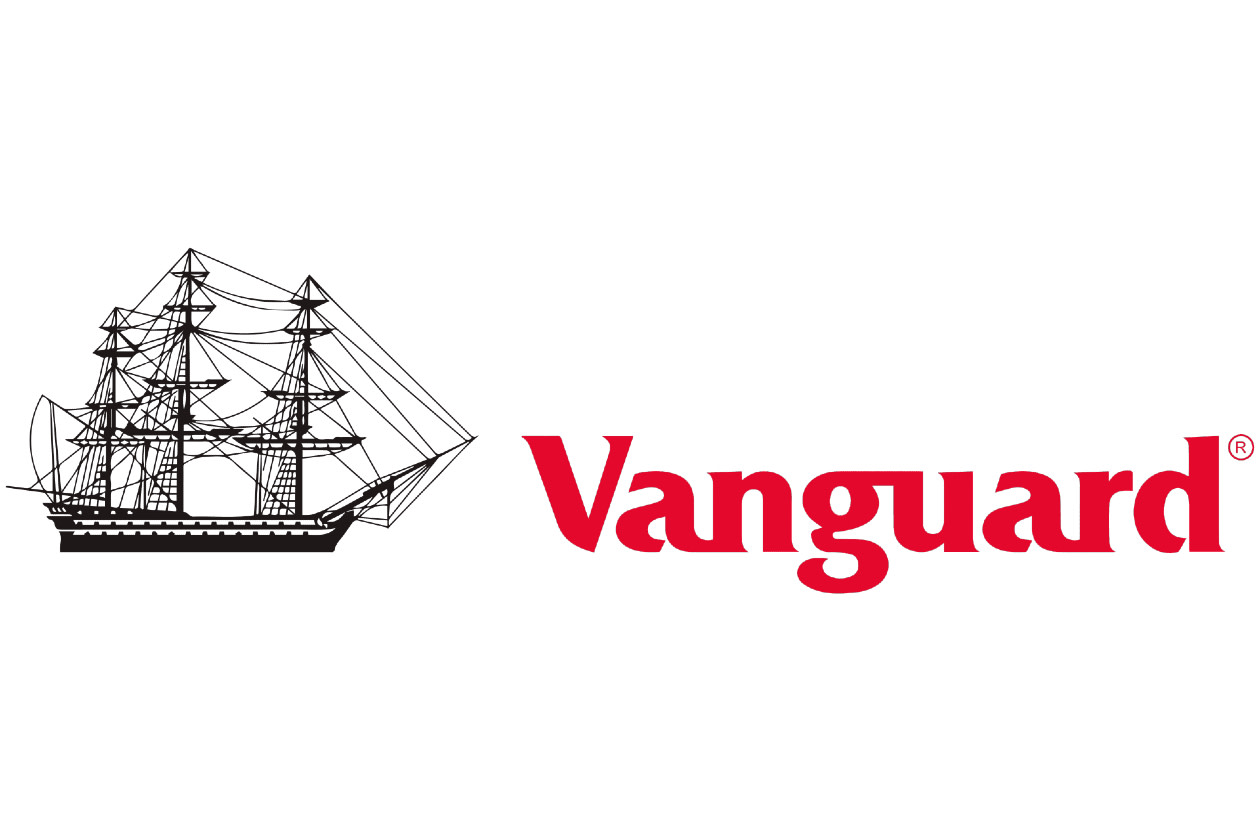Vanguard is a pioneer of passive investing
These funds provide exposure to a range of countries and markets around the world
There is good diversification across company shares, corporate and government bonds
These funds do not feature on the Wealth Shortlist of funds chosen by our analysts for their long-term performance potential
How it fits in a portfolio
The Vanguard LifeStrategy funds invest in a range of markets across the globe, providing exposure to thousands of company shares as well as corporate and government bonds. They achieve this by investing in a number of individual passive funds, which each track the performance of a particular market.
Each LifeStrategy Equity fund does what it says on the tin, investing a certain amount in shares and bonds. For example, 80% of the LifeStrategy 80% Equity Fund invests in global shares, with the remaining 20% invested in global bonds. There are five LifeStrategy funds, ranging from 20% shares up to 100%. The LifeStrategy 100% Equity Fund is the only one with no bond investments. A higher allocation in shares will increase risk, as they’re subject to more volatile price movements.
The funds could be used as a starting point for diversified passive exposure to global markets.
These funds don’t feature on the Wealth Shortlist as we currently have higher conviction in the multi-asset funds on the list and believe there are alternatives for passive global investment.
Manager
Vanguard is a pioneer when it comes to passive investing, having created the first retail index fund over 45 years ago. It now runs some of the largest index funds in the world. Given its size, it has a large investment team with the expertise and resources to help its funds track indices and markets as closely as possible, while having scale to keep costs down.
The LifeStrategy funds are run by a team based around the globe meaning it can provide 24-hour portfolio management for each fund. An internal committee, chaired by Vanguard’s global Chief Investment Officer, reviews the funds’ allocation to different markets annually, and meet four times a year to discuss any trends, issues or concerns.
Vanguard also has a trading analytics team, which is responsible for ensuring the funds buy and sell investments efficiently and at a competitive cost. This involves analysing data from different brokers and banks. Lower costs should help the underlying funds track their benchmarks as closely as possible.
Process
Each LifeStrategy fund is made up of a number of underlying passive funds and the allocation of those is determined by the internal investment committee. The Equity Index Group at Vanguard then trades the underlying funds to keep them within those allocations.
The LifeStrategy range implements a home bias, meaning there’s an uplift in the weight of the home region within the portfolio. Within the shares part of the funds, 25% is invested in the UK, and 75% overseas. Within the bond portion, the team aims for 35% in the UK, with the remaining 65% overseas.
The funds also invest into emerging markets. These companies have greater potential for growth over the long term, but this does increase risk.
Foreign currency movements mean that global bonds’ price movements and income can fluctuate, adding an extra layer of risk for UK investors. To tackle this issue, the team use hedging to convert these bonds back to sterling. This involves using derivatives to offset some of the volatility of currency price movements, which can add risk when used. The process allows the bond portion of the funds some stability during more turbulent markets.
The share portion of the funds are not hedged, as shares generally provide higher long-term returns than bonds, making currency effects a less significant influence.
Vanguard also lends some of its investments in the underlying funds to other providers in return for a fee. This could increase returns and reduce costs, though this adds risk.
Culture
Vanguard is currently the second largest asset manager in the world and runs over $10trn of assets globally. The group aims to put the client at the forefront of everything it does, which drives its focus on quality, low-cost index products.
John Bogle, known as Jack, founded Vanguard in 1975 and it’s owned by investors. This allows Vanguard to redirect its profits back to investors in the form of lower fees, instead of paying dividends to external shareholders. Bogle believed in creating products that simply track the performance of a market rather than taking a shot at picking individual companies which may beat them.
The team running these funds work closely with other equity research, fixed income research and risk departments across the business. They have daily and weekly meetings to discuss ongoing strategy which could add good support and challenge on how to run the funds effectively.
ESG Integration
Vanguard is predominantly a passive fund house. While it has offered exclusions-based passive funds for many years, it has lagged peers in offering passive funds that explicitly integrate Environment, Social and Governance (ESG) criteria by tracking indices that tilt towards companies with positive ESG characteristics, and away from those that don’t.
Vanguard’s Investment Stewardship team carries out most of the firm’s voting and engagement activity. Its stewardship activity is grounded in the firm’s four principles of good governance: board composition and effectiveness, board oversight of strategy and risk, executive pay and shareholder rights.
The Investment Stewardship team produces frequent insights on their engagement activity at both a corporate and governmental level. Investors can also access fund-by-fund proxy voting records, although voting rationales are not provided. That said, voting and engagement case studies can be found in the firm’s annual Investment Stewardship report and quarterly Engagement and Voting reports.
Vanguard courted controversy in 2022 when it left the Net Zero Asset Managers’ Initiative, a group of asset managers that have committed to achieving net zero carbon emissions by 2050. It claimed its decision would improve clarity for investors and allow it to speak independently. We view this as a disappointing backward step. Furthermore, in 2024 it was reported that Vanguard failed to support a single shareholder proposal requiring more action from investee companies on environmental and social matters.
The LifeStrategy fund range does not specifically integrate ESG considerations into its investment process or exclude companies in industries such as tobacco or oil and gas.
Cost
All the funds within the LifeStrategy range have an ongoing annual fund charge of 0.22%. We believe this is reasonable when compared to other multi-asset funds in the market. Our platform charge of up to 0.45% per annum also applies, except in the HL Junior ISA where no platform charge applies.
Performance
The Vanguard LifeStrategy funds don’t have an official benchmark that they aim to track or outperform. Their goal is to maintain the various splits between shares and bonds within each strategy and ensure those are kept to tightly.
Over the last 10 years, the funds with the most investments in shares have performed best as global stock markets have performed strongly over this time. The funds with more in bonds may have not grown as much, but they have served their purpose of reducing volatility and falling less when markets have been rocky. We wouldn’t expect the funds with more invested in shares to hold up as well when markets fall. Remember, past performance is not a guide to future returns.
Despite volatility due to tariff uncertainty and trade tensions, global stock markets have performed well over the past year. Robust company earnings and continued enthusiasm around Artificial Intelligence (AI) have driven US shares higher. Another area which has performed well has been aerospace & defence companies in Europe, including the UK, following the commitment to increase defence spending.
Whereas gilts (bonds issued by the UK government) have been the main detractor from the returns of these funds due to rising inflation, uncertainty around government borrowing, and expectations that interest rates could stay higher for longer than initially expected.
Given Vanguard’s size, experience and expertise running index tracker funds, we expect the funds to keep to their various share allocations closely over the long term.
Annual percentage growth
Sep 20 – Sep 21 | Sep 21 – Sep 22 | Sep 22 – Sep 23 | Sep 23 – Sep 24 | Sep 24 – Sep 25 | |
|---|---|---|---|---|---|
2.92% | -15.40% | 1.57% | 11.19% | 4.12% | |
7.64% | -12.85% | 3.67% | 12.59% | 6.87% | |
12.84% | -10.28% | 6.22% | 14.48% | 10.24% | |
18.17% | -7.46% | 8.72% | 16.40% | 13.27% | |
23.54% | -4.47% | 11.31% | 18.23% | 16.37% |


